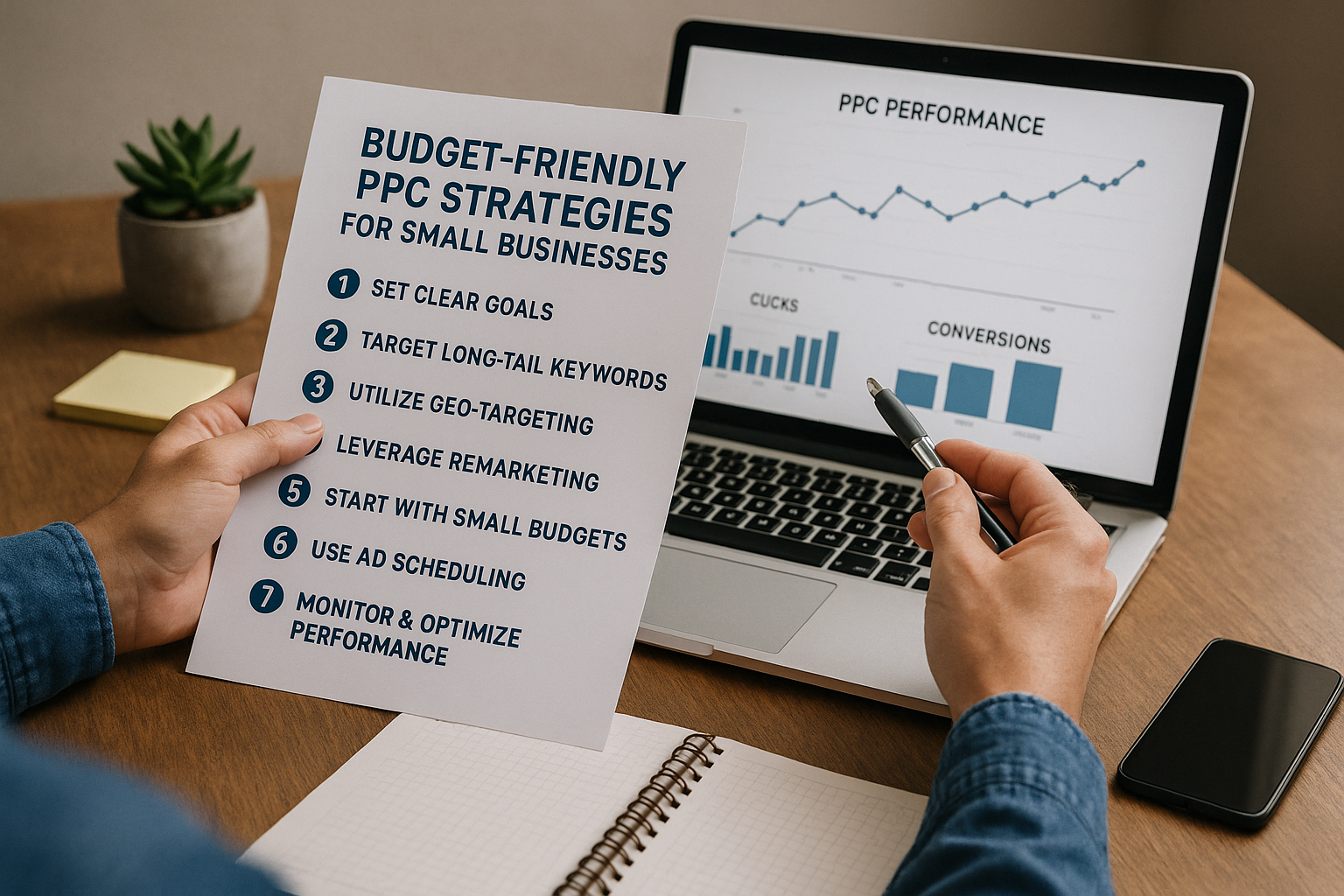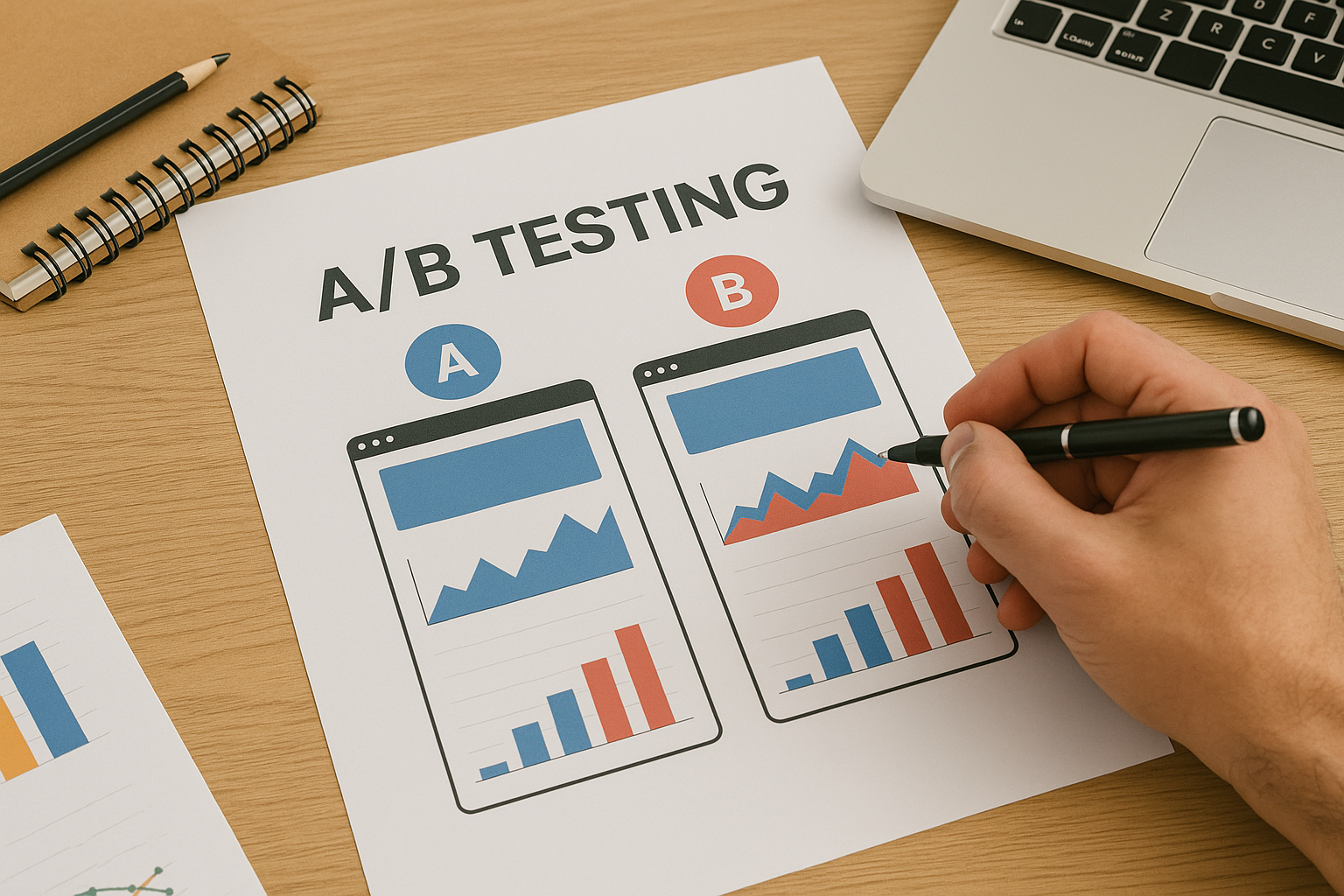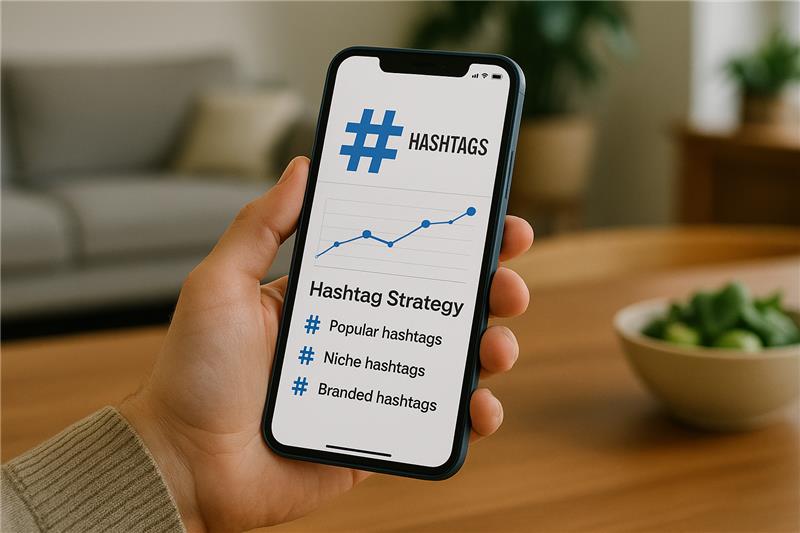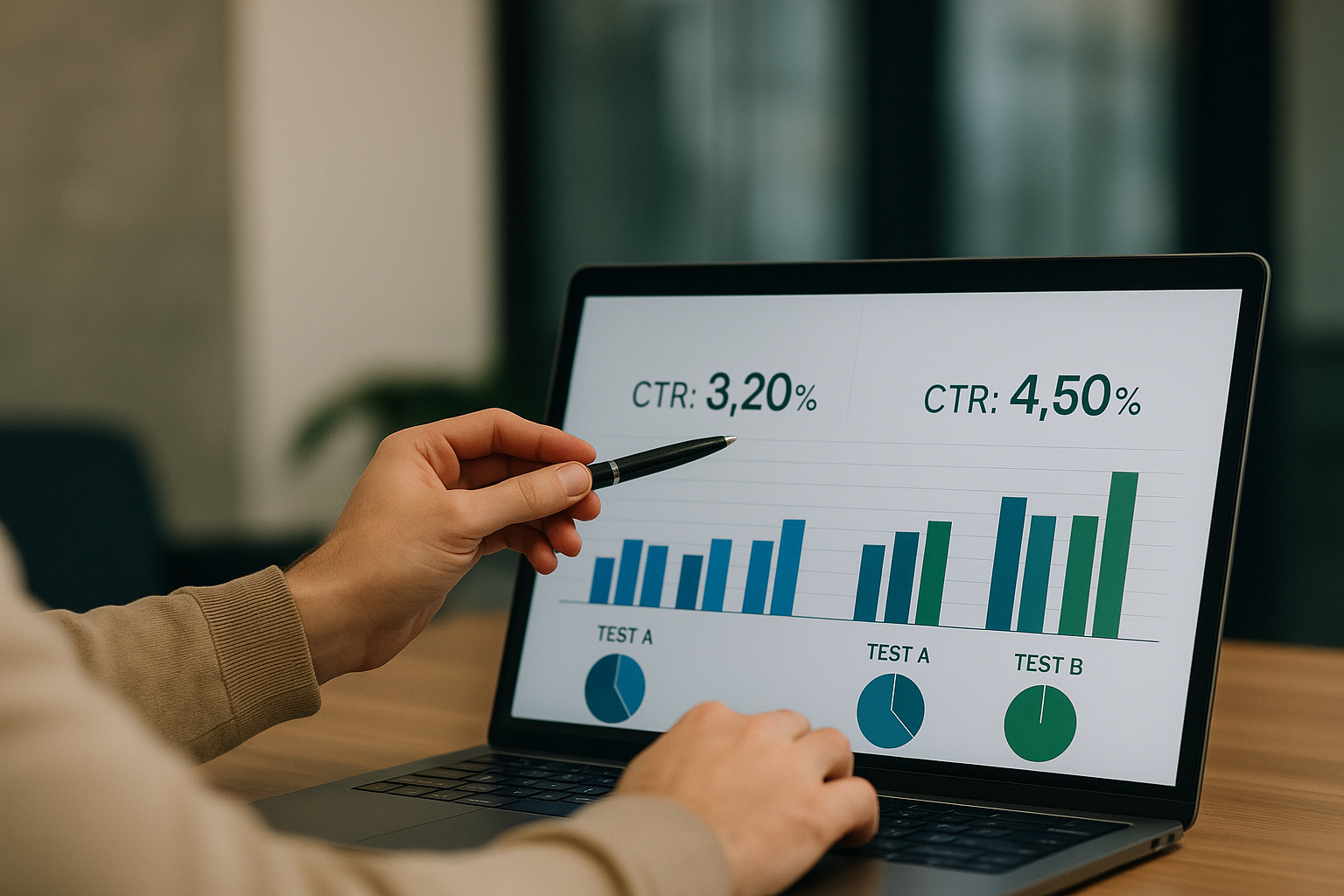A Beginner’s Guide to Google Ads for Small Businesses
Google Ads has become one of the most powerful tools for small businesses to drive traffic, increase brand visibility, and generate leads. With billions of searches happening daily, you can connect with potential clients while they are looking for goods or services similar to yours by using Google Ads. For small businesses, setting up an effective Google Ads campaign can boost growth and stay competitive. The fundamentals of Google Ads setup will be covered in this beginner’s guide, including keyword research, bidding strategies, creating effective ads, and conversion tracking.
Why Google Ads Matter for Small Businesses
Running ads on Google allows small businesses to compete with larger companies. Whether you are an advertising company in Malaysia or a local retail shop, Google Ads can put your brand in front of a targeted audience.
Here’s why Google Ads should be part of your digital marketing strategy:
- Instant Visibility: Unlike SEO, where results take time, Google Ads can instantly place your business at the top of search results.
- Targeted Advertising: Ads can be customized to target particular regions, user demographics, and habits.
- Cost-effective: You control how much you want to spend on each click and only pay when someone clicks on your ad.
- Measurable Results: Conversion tracking allows you to measure how successful your campaigns are.
Step 1: Setting Up Your Google Ads Account
Before running ads, you’ll need to set up your Google Ads account. Here’s how to do it:
- Sign Up: Create an account on Google Ads by entering your Google login information.
- Choose Your Goals: Google will ask you what you want to achieve with your ads (e.g., drive traffic to your website, generate leads, or increase sales).
- Select Your Budget: Decide on a daily budget. As a small business, setting a budget that aligns with your marketing goals is essential.
- Choose Target Audience: Use Google’s advanced targeting options to define your audience by location, age, interests, and other demographics.
Step 2: Conducting Keyword Research
Keyword research is one of the most critical aspects of a successful Google Ads campaign. If you use the right keywords, Your advertisements will be seen by those who are actively searching for goods or services associated with your business.
Here’s how to conduct adequate keyword research:
- Use Google Keyword Planner: This tool helps you find relevant keywords for your business, showing their search volume and estimated cost-per-click (CPC).
- Focus on Long-Tail Keywords: While popular keywords might have high search volume, they are also more competitive and expensive. Long-tail keywords (e.g., “affordable SEO services for small businesses”) are more specific and often cost less per click.
- Think Like Your Customers: Consider what terms your potential customers would use when searching for your products or services. For example, if you’re an advertising agency in Malaysia, your customers might search for terms like “affordable advertising services in Malaysia.”
Choosing the right keywords can optimize your campaign and ensure your ads are displayed to a highly relevant audience.
Step 3: Bidding Strategies
Bidding determines how much you’re willing to pay for each click on your ad. Here are some popular bidding strategies for small businesses:
- Manual CPC (Cost-Per-Click): You set a maximum bid for each keyword, giving you complete control over your budget. Small companies with tight budgets are most suited for this approach.
- Automated Bidding: Google adjusts your bids automatically to maximize clicks or conversions within your budget.
- Maximize Conversions: If conversions (sales, leads, etc.) are your priority, this strategy focuses on getting as many conversions as possible within your budget.
- Target CPA (Cost-Per-Acquisition): Set a target cost for acquiring a customer, and Google will adjust your bids to meet that goal.
If you need help deciding which strategy to use, automated bidding can be an excellent starting point for beginners. As your campaign runs, you can fine-tune your bidding strategy based on performance.
Step 4: Creating Effective Ads
Now that you’ve done your keyword research and chosen your bidding strategy, it’s time to create your ads. Effective ads are crucial for driving traffic and conversions. Here are some pointers for making advertising that are intriguing:
- Write a Strong Headline: Your headline is the first thing users will see, so make it attention-grabbing and relevant to your audience. For example, if you’re a marketing agency in Malaysia, your headline could be “Top-Rated Marketing Agency in Malaysia.”
- Include Keywords: Use your primary keywords in the headline and description. This improves relevance and can increase your Quality Score, helping your ad appear more frequently.
- Add a Call to Action (CTA): Use phrases like “Get a Free Quote Today” or “Sign Up for a Free Consultation” to entice users to act.
- Use Ad Extensions: Ad extensions let you include more details, like your phone number, address, or additional site links, which can make your ad more applicable and increase click-through rates.
By creating relevant and engaging ads, your small business can stand out from competitors and drive more traffic.
Step 5: Conversion Tracking
Once your ads are up and running, it’s essential to track their performance. You may measure particular actions with conversion tracking, such as purchases, sign-ups, or contact form submissions, to determine whether your ads are achieving their goals.
To set up conversion tracking:
- Create a Conversion Action: Within your Google Ads account, navigate to Tools & Settings and choose Conversions. Define what action you want to track (e.g., a sale or lead submission).
- Install Tracking Code: Google provides a small piece of code to install on your website. This code tracks conversions when users complete your desired action after clicking on your ad.
- Analyze Conversion Data: To find the advertising and keywords that provide the greatest conversions, use conversion monitoring data. This insight allows you to adjust your campaign to maximize results.
By understanding which ads are converting, small businesses can focus their budget on what works, ultimately improving the return on investment (ROI).
Importance of Partnering with Experts
Setting up and managing Google Ads can be time-consuming, especially if you’re new to digital advertising. Many small businesses turn to experts like a digital marketing agency to handle their Google Ads campaigns. By working with an advertising agency Malaysia, professionals with specialized knowledge of Google Ads management and optimization might be of assistance to small businesses.
An advertising company in Malaysia can help your business maximize its marketing budget. Whether it’s SEO optimization in Malaysia, social media and marketing, or paid search advertising, these experts offer comprehensive strategies tailored to your goals.
Conclusion
One effective technique for small enterprises is Google Ads. It enables you to connect with potential clients at the precise moment when they are looking for your goods or services. By following these steps—setting up your account, conducting keyword research, choosing the right bidding strategy, creating effective ads, and understanding conversion tracking—you can create a successful Google Ads campaign.
For businesses looking to maximize their efforts, partnering with advertising agencies in Malaysia or a marketing agency Malaysia can make all the difference. Whether you need help with search engine optimization Malaysia, or Google Ads management, professional assistance can ensure that your campaigns drive the best possible results.
Last Updated on November 12, 2024 by john













